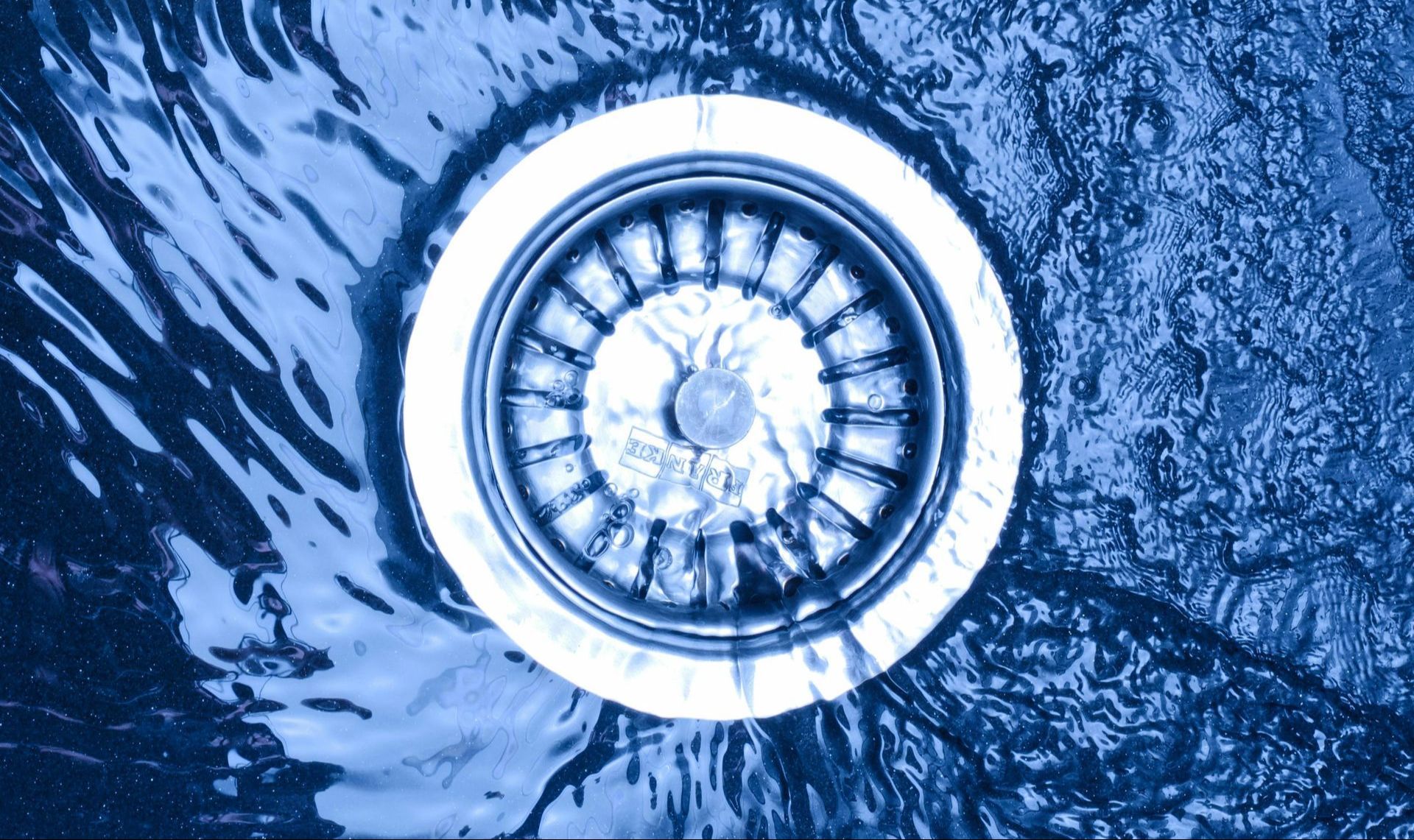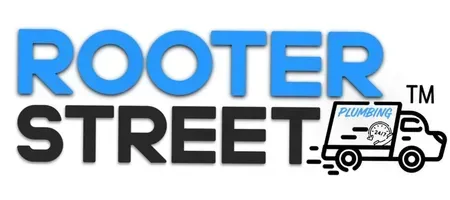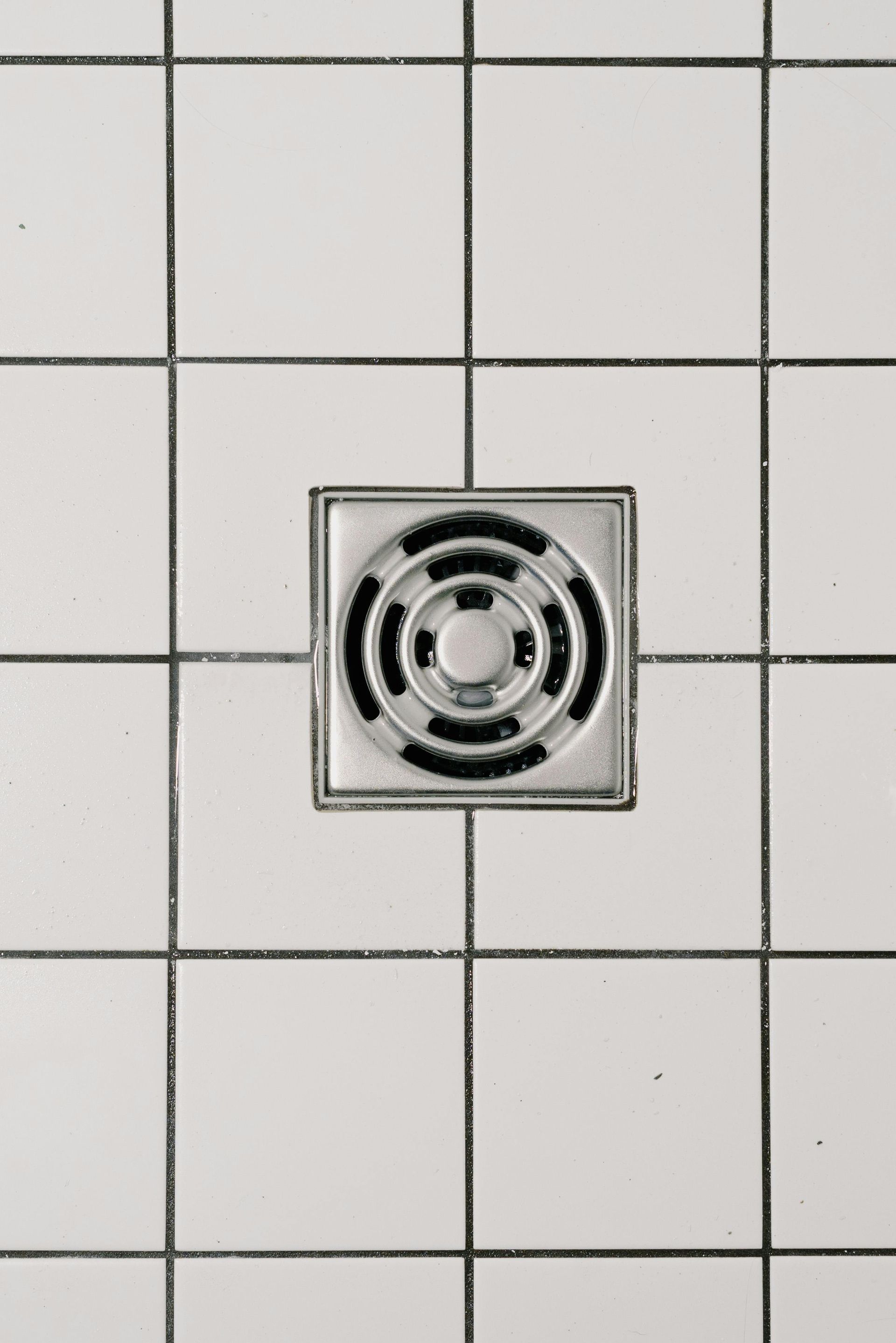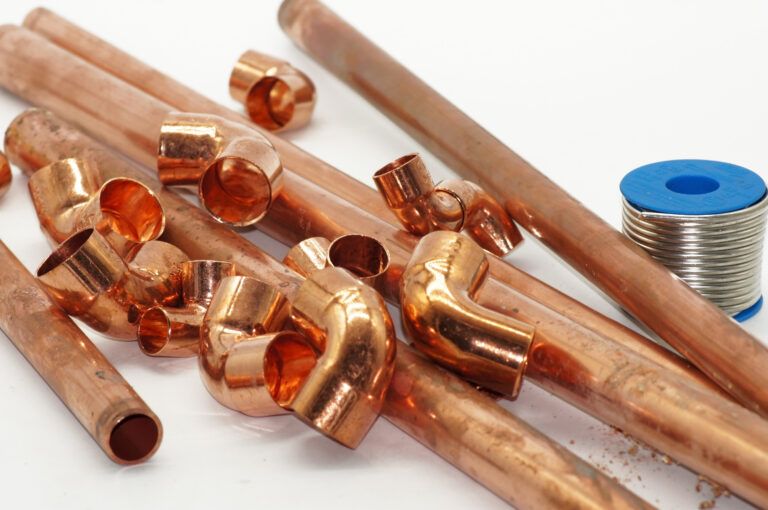How To Unclog Drains
Unclogging Drains

Initial Preparation
Gather Tools: Prepare necessary tools and materials such as a plunger, plumbing snake, bucket, gloves, and cleaning agents (e.g., baking soda and vinegar).
Protect the Area: Place a bucket or towels under the drain to catch any water or debris that may spill out.
Use a Plunger
Plunge the Drain:
For Sinks: Block the overflow hole with a wet cloth to ensure effective suction. Place the plunger over the drain and push down firmly, then pull up quickly. Repeat several times.
For Toilets: Ensure the plunger completely covers the toilet drain. Use similar plunging motions as for sinks, applying steady force.
Try a Baking Soda and Vinegar Solution
Mix Solution: Pour 1 cup of baking soda followed by 1 cup of white vinegar down the drain. Let it sit for 15-30 minutes to break down organic matter and grease.
Flush with Hot Water: After the solution has sat, flush the drain with hot water to clear out any loosened debris.
Use a Plumbing Snake
Insert the Snake:
Manual Snake: Insert the end of the snake into the drain and turn the handle clockwise to navigate the clog. Continue feeding the snake until you feel resistance break.
Electric Snake: For more severe clogs, an electric snake can be more effective. Follow the manufacturer’s instructions for use.
Clean the Trap (P-Trap)
Remove the Trap:
Place a bucket underneath the trap (the curved pipe under the sink) to catch any water. Use a pipe wrench or pliers to loosen the nuts and remove the trap.
Clean the Trap: Remove any debris or buildup inside the trap. Clean it thoroughly with water and reassemble it.
Check for Blockages: Ensure that there are no blockages in the pipe leading to the trap and that everything is reassembled correctly.
Use a Plumber’s Auger
Operate the Auger: Insert the auger into the drain and turn the handle to break up or hook onto the clog. Move the auger back and forth to dislodge the obstruction.
Retrieve the Clog: If the auger hooks onto the clog, carefully pull it out. Flush the drain with water to ensure it’s clear.
Check and Clear Vent Pipes
Inspect the Vent Pipes: In some cases, clogs in vent pipes can cause drainage issues. Use a plumber’s snake or a professional to check and clear these pipes if accessible.
Flush the Drain
Use Hot Water: After attempting the above methods, flush the drain with hot water to ensure that any remaining debris is cleared.
Consider Chemical Drain Cleaners (with Caution)
Use with Care: If other methods haven’t worked, you can try a chemical drain cleaner. Follow the manufacturer’s instructions carefully and use these chemicals sparingly, as they can be harsh on pipes and harmful if misused.
Seek Professional Help
Call a Plumber: If the clog persists despite your efforts or if you encounter complex plumbing issues, it’s best to contact a professional plumber for assistance. They have the expertise and tools to handle severe clogs and underlying problems.
Prevent Future Clogs
Use Drain Screens: Install screens or strainers to catch debris and prevent future clogs.
Avoid Grease and Non-Flushables: Avoid putting grease, coffee grounds, or non-flushable items down the drain.
Regular Maintenance: Perform regular maintenance with baking soda and vinegar to keep your drains clear.
By following these steps, you should be able to effectively unclog most drains and maintain a smoothly functioning plumbing system.



